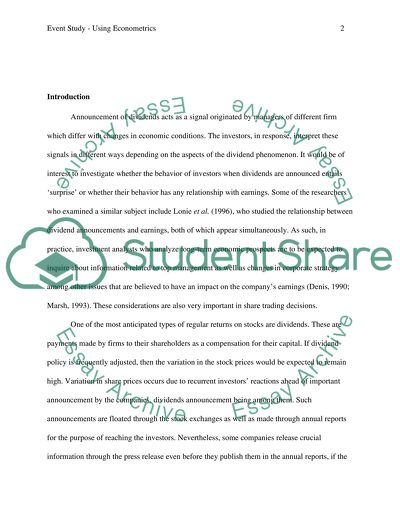Cite this document
(“Event Study - Using Econometrics Research Paper”, n.d.)
Event Study - Using Econometrics Research Paper. Retrieved from https://studentshare.org/macro-microeconomics/1403586-event-study-using-econometrics
Event Study - Using Econometrics Research Paper. Retrieved from https://studentshare.org/macro-microeconomics/1403586-event-study-using-econometrics
(Event Study - Using Econometrics Research Paper)
Event Study - Using Econometrics Research Paper. https://studentshare.org/macro-microeconomics/1403586-event-study-using-econometrics.
Event Study - Using Econometrics Research Paper. https://studentshare.org/macro-microeconomics/1403586-event-study-using-econometrics.
“Event Study - Using Econometrics Research Paper”, n.d. https://studentshare.org/macro-microeconomics/1403586-event-study-using-econometrics.


